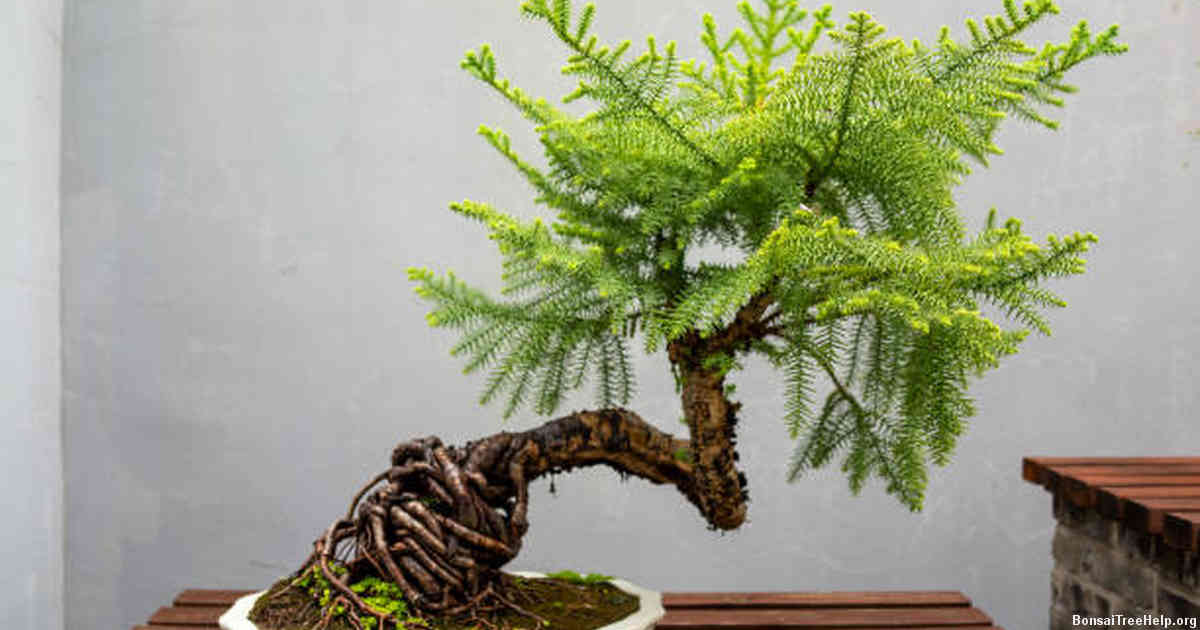
Bonsai trees are popular for several reasons. They provide an aesthetically pleasing addition to any home or garden. With the variety of shapes and sizes available, it’s easy to find a bonsai tree that suits individual style and preference. They also require minimal maintenance compared to other types of plants, making them ideal for busy individuals who don’t have time for tedious plant care tasks. Bonsai trees represent a unique connection with nature in miniature form; their beauty is enhanced by the fact that they were grown and formed through careful cultivation by artisans with centuries-old wisdom and tradition.
Contents:
The Art of Bonsai Cultivation
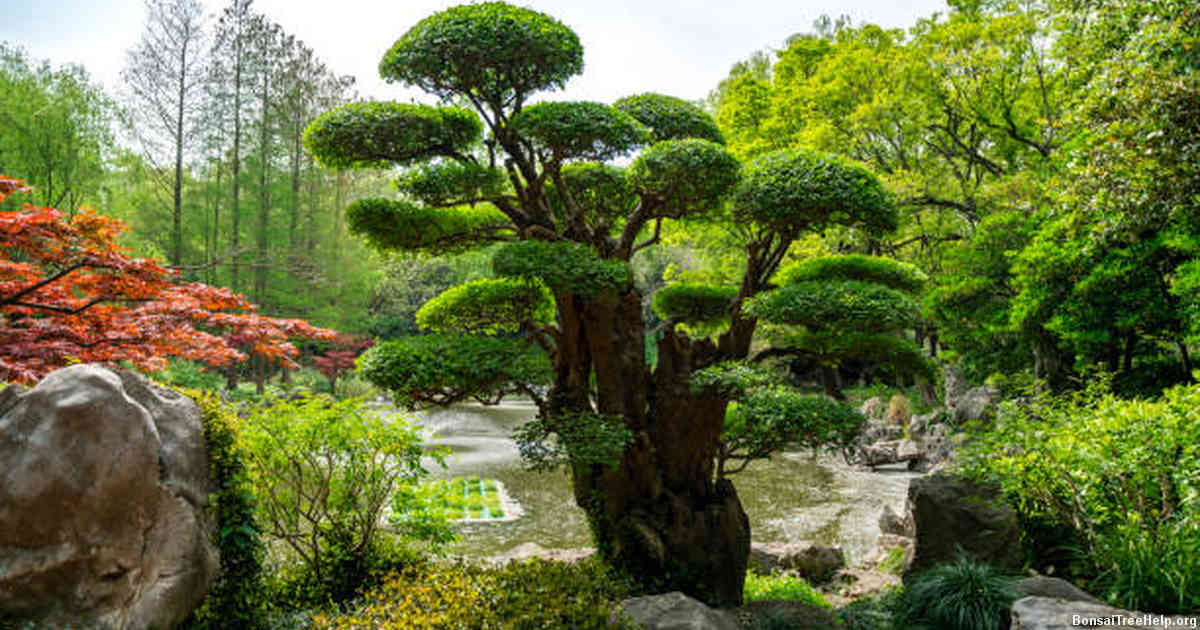
Bonsai cultivation is an art form that has been around for centuries, and it remains one of the most enduring forms of horticulture today. While a single bonsai tree can take over thirty years to shape, the practice itself dates back much further – to ancient Japan, China and even Egypt. Bonsai cultivation requires patience, dedication and knowledge; it’s an incredibly precise process that requires understanding in order to be successful.
The roots of bonsai lie in Buddhism. The delicate miniature trees were created by Buddhist monks as part of their meditation ritual; the tiny trees helped them focus on stillness and contemplation. Since then, bonsai have become a popular form of gardening across cultures and many consider it to be more than just a hobby – they view these creations as pieces of artwork or sculptures.
Contrary to common belief, anyone can learn how to cultivate bonsai trees; regardless of whether you are someone who has never touched soil before or if you are a veteran gardener – there is something special about growing your own mini-tree from scratch. From pruning branches with special tools for thinning out leaves so that every movement is deliberate, to creating wire shaped outlines for trunk formation – becoming a master at bonsai planting isn’t difficult once you understand the basics behind it all.
Why People are Drawn to these Miniature Trees
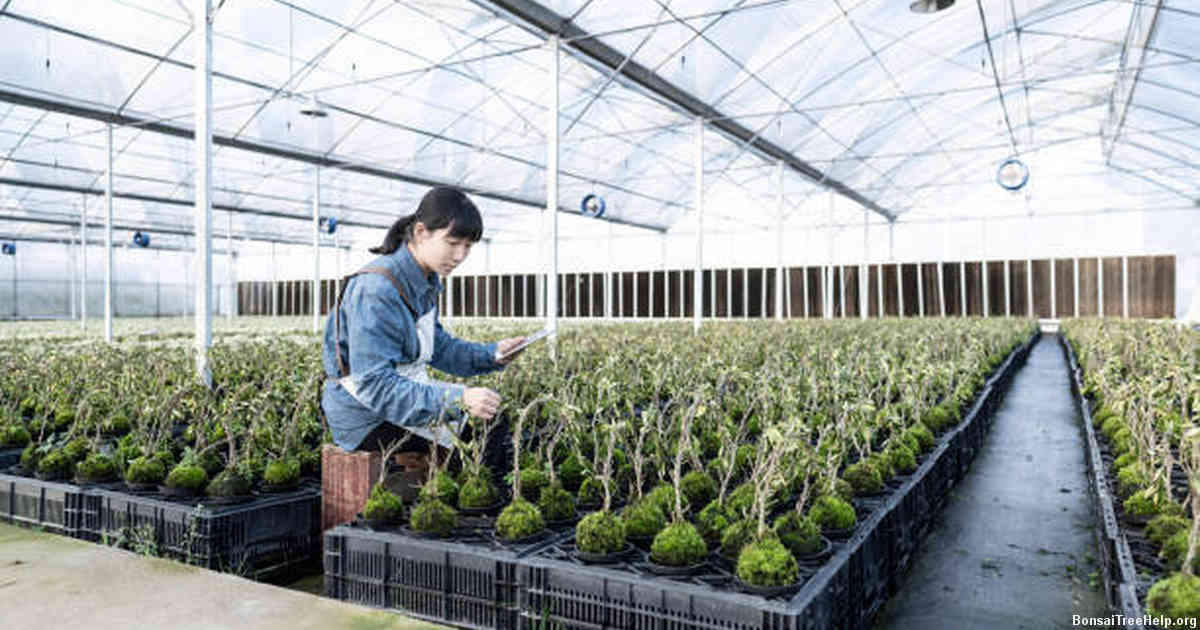
The tiny, creative creations of bonsai trees captivate the hearts and imaginations of people around the world. With its intricate lines, remarkable shapes, and vibrant colors it’s no wonder why these miniature trees are so popular. The Japanese originated art form dates back centuries and is just as relevant today as ever.
Though each artist displays their own unique approach to creating a bonsai tree, many do share one common principle: cultivating an appreciation for nature in its most minimalistic form. From small spaces to massive gardens, bonsai appeal to all – providing balance through careful placement and scale within a landscape or room. Bonsai enthusiasts even believe that caring for these plants can bring harmony into their lives due to the intimate process of training each tree’s growth over time.
Beyond aesthetics, though they take skillful pruning techniques and decades of experience to grow properly – proper care guidelines are easy-to-follow which makes them simple enough for anyone with little gardening experience to try at home. Due in part to this accessibility those interested in learning about horticulture can start by honing in on the speciality before broadening out their knowledge further if desired.
The Aesthetic Appeal of Bonsai Trees
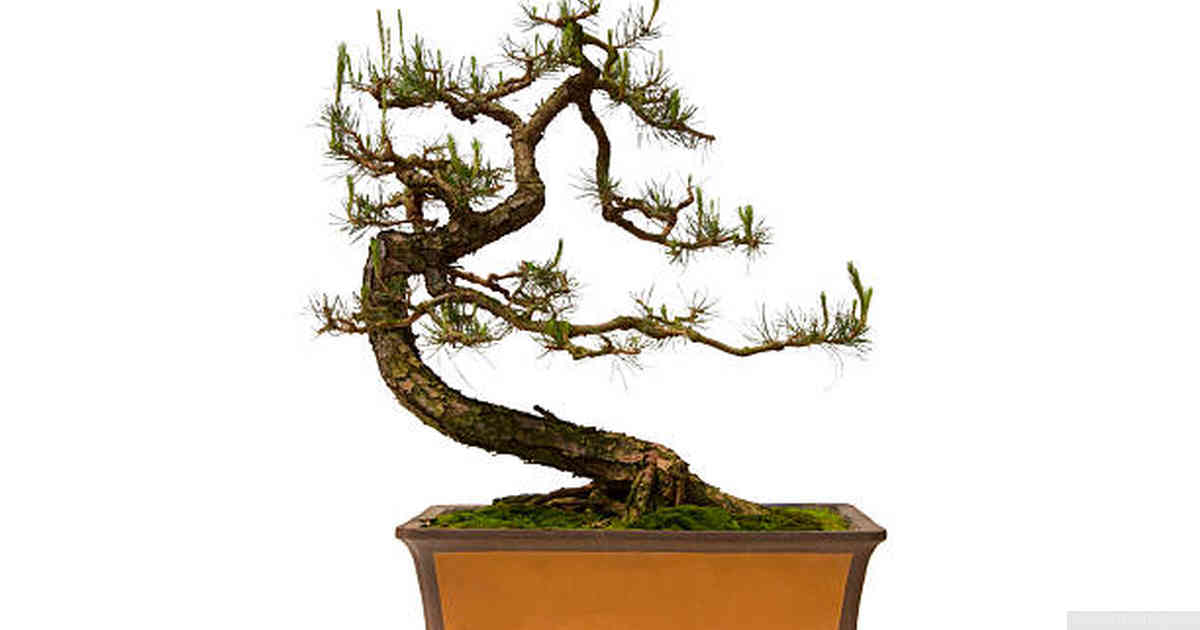
The aesthetic appeal of bonsai trees is undeniable. They are unique, carefully crafted works of art that draw admiration from admirers all over the world. The miniature size and intricate styling of bonsai make them a real conversation starter – when they are displayed in someone’s home or office, it’s hard to not take notice. Not only are the sizes and shapes pleasing to look at, but different species have their own distinct features; some boast bright colors, whereas others may have graceful cascades or gnarled trunks. Despite its small stature, a bonsai can be viewed as powerful due to its age, shape and composition.
Individuals also appreciate how low-maintenance these plants can be – making them a practical choice for those seeking green décor without having to dedicate too much time or effort into tending it. A combination of meticulous pruning and trimming results in an interesting miniaturized form with timeless beauty that will last many years. With such striking visuals available in various sizes and budgets that won’t break the bank; it’s no wonder bonsais continue to enchant and captivate people everywhere.
Bonsais offer so much more than mere aesthetics; however, there is an emotional bond which develops through caring for them and watching them transform over time – embodying lifelong lessons like resilience amidst adversity or patience needed during long periods of growth. As many would attest, these treasured symbols add character wherever they go – creating lasting impressions in observers’ minds long after being seen for the first time.
Cultural Significance of Bonsai Trees
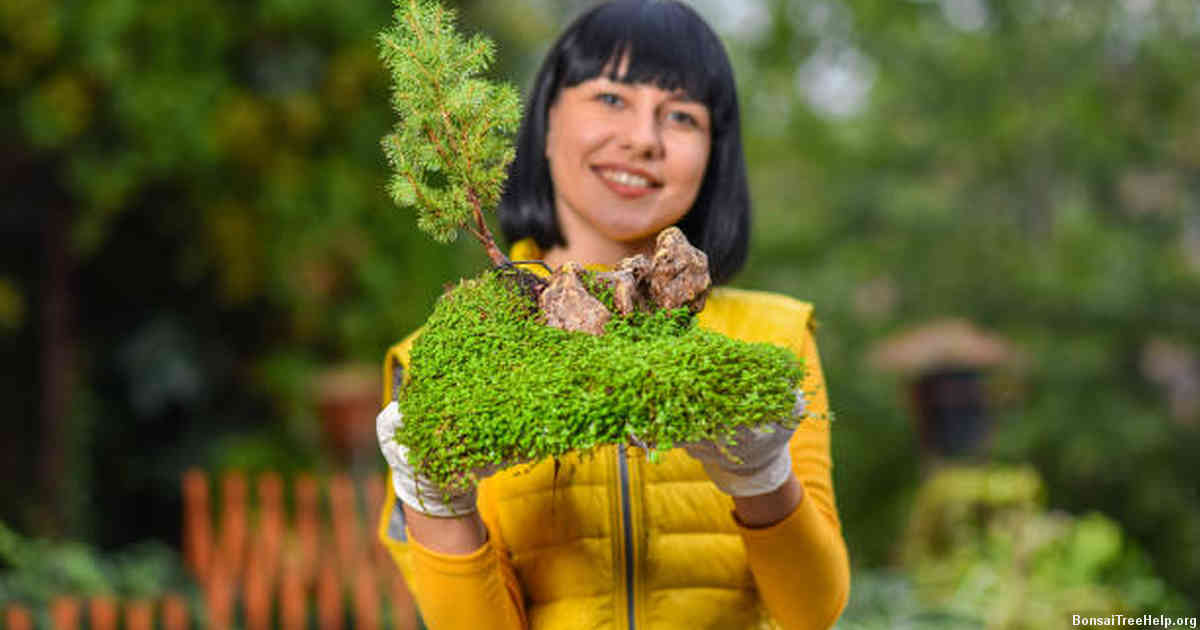
Bonsai trees have an important and symbolic place in many cultures around the world. In China, they are viewed as a status symbol of patience, harmony, and respect. The Japanese consider bonsai trees to be an art form which allows them to express their appreciation for nature’s beauty. Bonsais also represent spirituality, and are said to bring positive energy into the home or workplace.
In Buddhist culture, bonsais are seen as a reminder of impermanence: no matter how much effort is put into caring for the tree, its size will never change dramatically over time. This serves to inspire an attitude of acceptance and faith that all things come and go according to nature’s plan. Chinese culture links these miniature trees with symbols of power or wealth; having one in your home signifies luck and good fortune.
These age-old cultural connotations associated with bonsai give this type of horticulture an air of mystery and timelessness – something few plants can claim. It is perhaps this shared reverence between multiple faiths and beliefs that makes these tiny plants so special across the globe.
The Mindful Practice of Bonsai Gardening

Bonsai gardening has become a popular form of horticulture because it requires mindful attention and patience. Unlike traditional gardening, which often involves planting lots of flowers or plants in one go, bonsai caring involves carefully trimming just one tree over time. This means that the gardener is encouraged to get creative with how they shape the tree, while still being aware of what works best for its health and growth. This kind of practice also gives people an opportunity to connect to nature in a calming way – something especially important amid current times of social distancing.
The carefulness and tenderness required for bonsai gardening also helps bring about positive change not only for the plant but its caretaker too: studies have shown that experiencing nature can reduce stress levels. Gardening – especially when done meticulously like with bonsai– provides an avenue through which people can reap these mental-health benefits as they tend to their trees regularly over time. What’s more, since many types of bonsai do not grow very tall nor require complex pruning techniques, beginners can easily get started learning the basics without having to buy expensive tools or enrolling in classes either.
There’s something special about having a living organism inhabit your own home; it creates a sense of responsibility and presence that may even instill in us some spiritual understanding. All things considered, it is easy to see why bonsais are so beloved by gardeners around the world.
Ease of Care for these Little Beauties
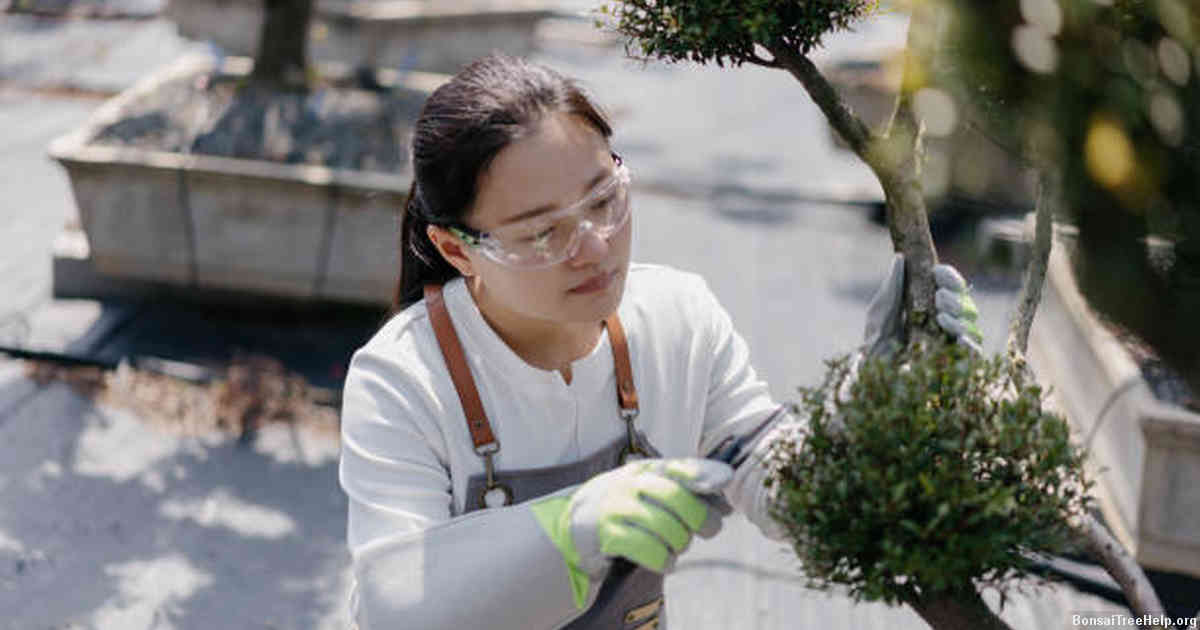
These tiny trees are beloved for many reasons, one of them being the ease of care for these little beauties. This miniature version of a full-sized tree does not require much effort to maintain or water. When you have limited space, as most urbanites do, keeping a bonsai is ideal. All you need is a pot and some soil. The important aspect to consider when selecting a bonsai is whether it has been pruned and trained to stay small; this affects its design and look.
Most species of Bonsai can thrive with minimal intervention: they only need careful pruning twice per year and adequate sunlight. Watering should be done regularly but take care to not overwater – that’s one of the main causes for premature death in bonsais. How often depends on the variety chosen since different plants have different needs. In general, if the soil appears dry, add just enough water so that the soil doesn’t become saturated – an easy way to test this is by using your finger to poke into the soil about 1/4 inch deep and see what level it’s at; if it’s moist then you don’t need additional water yet.
As with all living things, monitoring your bonsai is essential. Pay attention to any changes such as yellowing leaves or drying branches – this will help catch problems quickly before they worsen so you can take corrective action immediately. With good practice comes excellent results: those who master caring for their bonsais reap amazing rewards with richly colored foliage and robust blooms that evoke admiration wherever they go!
Becoming Part of a Global Community through Bonsai Cultivation

Bonsai cultivation is more than an art form – it’s a community. The bonsai hobbyist is part of an international group with a shared love for shaping and caring for these miniaturized trees. Such communal ties have been around since the early 19th century when Japanese masters first perfected their techniques and began to export them across the world.
From Europe to South America, bonsai clubs are established in which members share tips, tricks and techniques with each other on how to best cultivate their specimens. These amateur horticulturists can join specialized societies such as the American Bonsai Society or European Bonsai Association and begin attending conventions where they can get advice from experts and foster relationships with fellow enthusiasts from all over the globe.
The process of creating a beautiful bonsai gives its cultivator great satisfaction on many levels; not only does it provide an enjoyable creative outlet but also allows one to connect with people from all parts of the world who may be hundreds or thousands of miles away yet feel as if they are just next door through this unique craftsmanship. For this reason, so many have found solace within bonsai culture – making it no wonder why these miniature trees remain such a popular obsession worldwide today.
Leave a Reply